For commercial UAVs, beyond visual line of sight (BVLOS) operations are the next step toward broader industry growth. From long-range linear inspections and deliveries to search-and-rescue and surveillance, clear BVLOS regulation is the key for these services to legally, safely, and consistently operate.
The majority of heavy drone operations are conducted beyond a pilot’s visual line of sight by nature, and in many instances, especially in difficult or dangerous conditions, unmanned aircraft are the safest and most practical solution. Not only do they reduce risk, but UAVs also enable more efficient data collection and provide a scalable solution for monitoring, inspection, and response missions.
The good news for the sector is that there is growing momentum in establishing clear, structured frameworks for BVLOS operations globally. European regulators have led the development of one of the most widely used frameworks, SORA, to provide a structured pathway for approvals. Rather than using rigid rules that apply to all UAS in all situations, SORA lets operators and regulators assess each operation individually, based on its actual risks. Other countries, including Australia, Canada, Brazil, Indonesia, and others, have followed their lead and also adopted this framework.
The U.S. has recently reached a turning point – while the FAA currently relies on exemptions and waivers for BVLOS flights, broader frameworks like Part 108 are a step closer to adoption with the FAA’s recent Notice of Proposed Rulemaking (NPRM). This process has been accelerated by President Trump’s executive order to expand the commercialization of drone technologies and fully integrate UAS in the National Airspace System.
However, with countries operating at different regulatory levels, it not only affects operators, but it also impacts entire sectors that are ready to adopt UAS at scale. Industries such as energy, infrastructure, and emergency response are left to navigate varying policies across regions, slowing processes and limiting their ability to deploy these systems more broadly.
As more regions shift toward structured frameworks, there’s an opportunity to build something transformative: global regulatory harmonization – where UAVs can operate seamlessly across national airspace systems without hitting regulatory roadblocks.
In fact, frameworks like this already exist for manned systems. Mutual recognition agreements, such as the ones in place through ICAO, let one country’s aviation authority accept another’s approvals. This eliminates a longer process, which slows approval pace, and aircraft are up in the air much quicker. Expanding this type of framework to UAS will streamline certifications, improve safety oversight, and ultimately scale operations globally.
Regulatory alignment is possible within the next five years. The path forward simply requires the right players involved and pulling in the same direction:
1. ICAO continuing to lay the existing groundwork.
2. Flexible NAAs working within that framework instead of building isolated systems.
3. And experienced, proficient operators and OEMs helping regulators shape efficient, scalable standards based on real-world operations.
With these pieces in place, global regulatory harmonization isn’t just a sought-after idea — it becomes entirely possible.
If priorities are met, the commercial UAV market could see certified uncrewed aircraft operating seamlessly between national airspace systems and fully integrated and supported by full connectivity through low-orbit satellites. This opens the door for routine BVLOS missions — not just for infrastructure inspection or public safety, but also for emerging markets like unmanned logistics and environmental monitoring at scale.
We have the technology and the framework. The only thing left is the opportunity to work together across countries and industries to create harmonization, which will ultimately scale capabilities worldwide. The sky isn’t the limit – it’s where we begin.
Lukas Obrist is the CTO of SwissDrones.


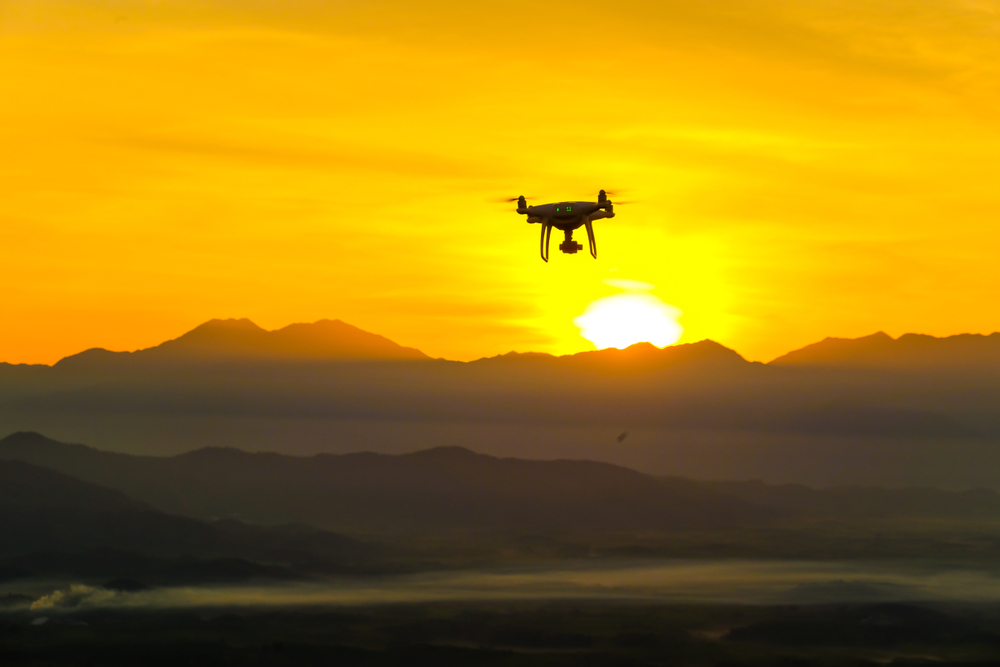


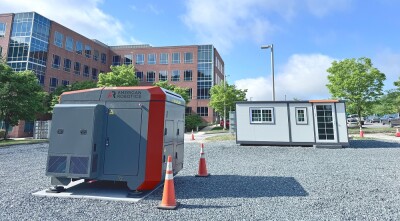
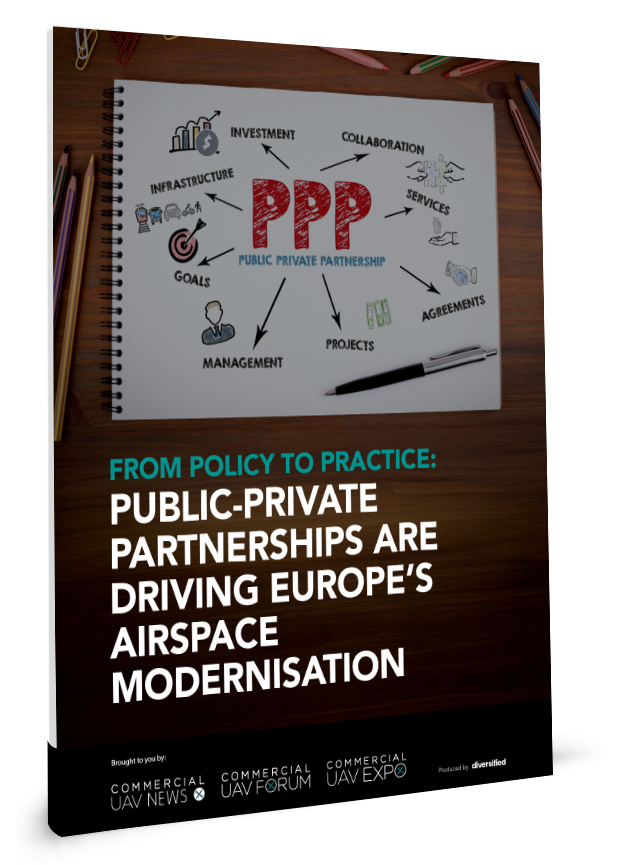
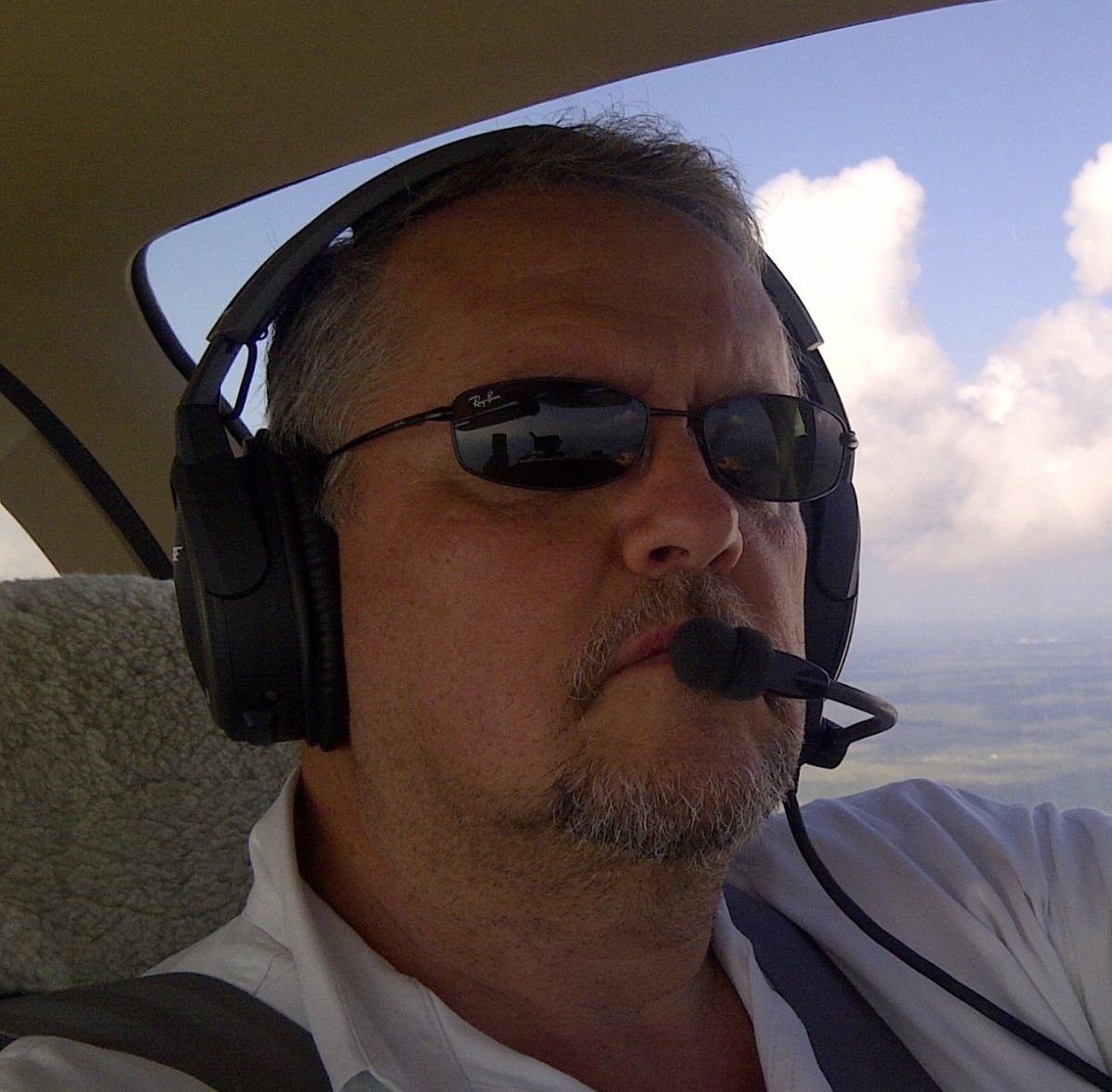





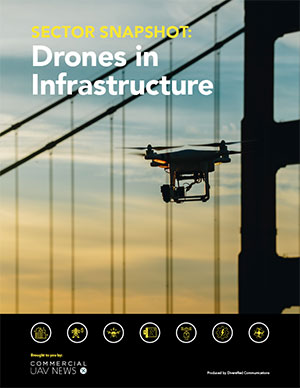
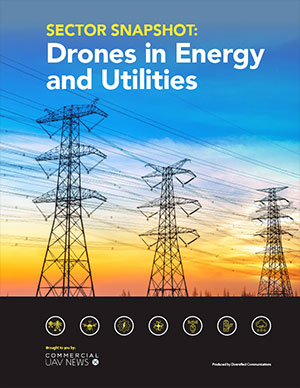
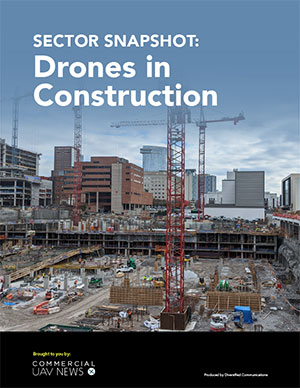
Comments